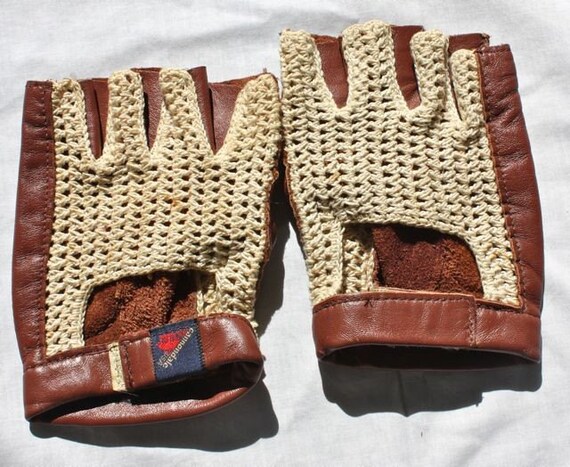For some, it means being in remote wilderness areas, be they mountains, virgin forests, glaciers or undeveloped coastlines. To others, it can mean setting up a tent or tarp in a backyard. Still other people think that camping is anything that deprives you of access to a mall. Someone, I forget whom, described those who "camp" in a trailer or Winnebago-type vehicle with all of the accouterments of modern life--you know, flat-screen TVs, microwave ovens and the like--as "out-of-car-doorsmen".
I'll confess that it's been a while since I've done anything that might be described as camping. But I've gone on bike trips and slept under the stars (or, in a couple of instances, in rain and even sleet), with and without a tent or a tarp. I've set up camp under a canopy of branches and on a bed of wildflowers; I've also unrolled my sleeping bag under bridges and in farmers' fields, cemeteries--and a golf course! Of course, I didn't realize I was in a golf course when I called it a day (night) of cycling!
I'll also admit that I never went on a cycling trip during which open spaces, or even KOA-style campgrounds, served as my lodgings most nights. I camped when I was nowhere near (as far as I could tell, anyway) a hostel, hotel or pensione, or couldn't afford one--or, in the days before widespread ATMS, when I was nowhere near a bank or other place where I could cash a traveler's check. I also sometimes camped simply because the night and landscape were beautiful, or because I wasn't confident enough in my skills in a local language to knock on a stranger's door. So, I didn't carry what one might think is a full set of camping equipment. I never toted a stove: My meals consisted of raw foods purchased at the last market or store I saw that day, or from prepared foods that were lukewarm or even cold by the time I got around to eating them.
I have respect for all of those cycle-campers (perhaps you are, or have been one) who carry everything they need for a wilderness expedition on two wheels, without motorized assistance. Moreover, I admire those who tow trailers full of equipment (and, in some cases, their child(ren) and pets) across long distances on their bikes, though I have never aspired to be one of them.
What would those hardy cycle-campers make of the Bushetrekka Cycle-Camper trailer?
 |
| For your next adventure.... |
It comes with the oversized tent cot you see in the photo. For the modest sum of $849.95, you "can carry anything you need and catch a little bit of shuteye at the end of the day" on your "overnight adventure", according to its maker's advertising.
According to the advertising copy, the trailer--complete with cot--weighs 55 pounds. According to people who've actually bought it (Yes, such people exist!), it actually weighs about 10 pounds more. Worse, according to at least one commmenter, the wheels aren't sturdy enough.
When I saw it, I had this question: What, exactly, can that trailer do that even the biggest, heaviest and most expensive tent can't do--at a fraction of the weight and cost?
Worst of all, it could never be used for any of the "stealth" camping of the kind I did in my youth. In other words, I couldn't have set myself down in any of those fields, cemeteries or golf courses--or under the bridges--and scampered off at the crack of dawn if I had to collapse or dismantle or do whatever is necessary to the trailer so I could ride with it.



BQNnKBRVl!~~60_57.JPG)















